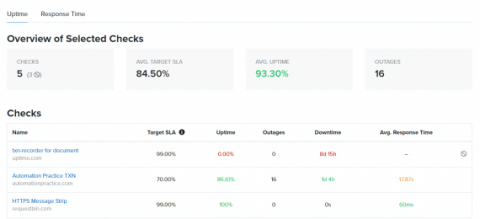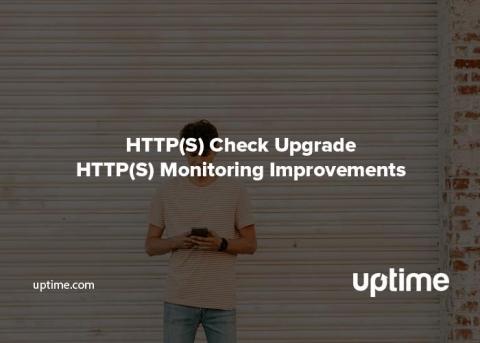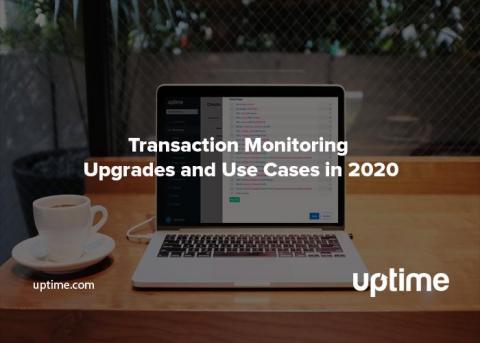My Website is Down! Ten Steps to Take During a Downtime Event
Oh no. Your website is down. And regardless of what time it is we guarantee it’s not a convenient time for your website to crash. An outage can cause a panicked fight-or-flight response when teams are unprepared for the consequences. One of the worst ways to deal with downtime is to try and wait it out thinking it’ll just magically resolve itself.











